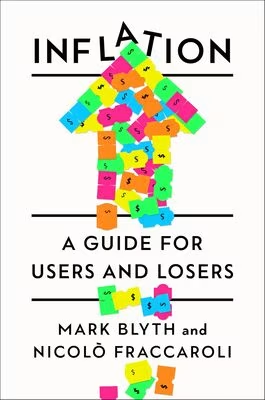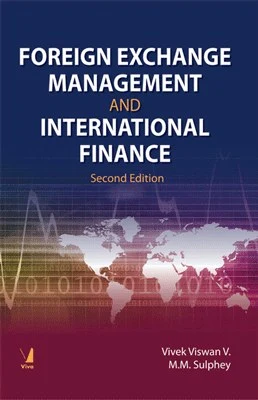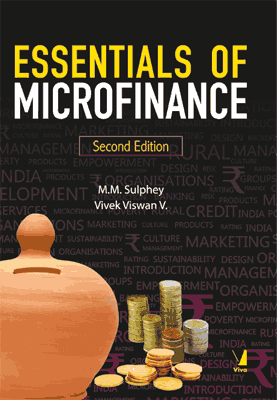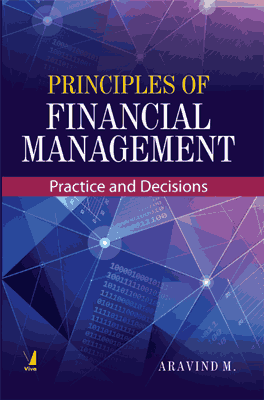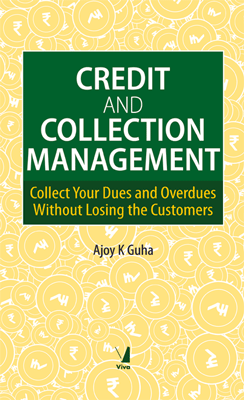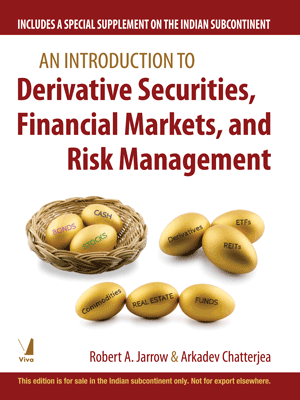What You See is Not What You Get
What You See is Not What You Get
Developing Financial Skills
₹445.50 ₹495.00 Save: ₹49.50 (10%)
Go to cartISBN: 9788130924328
Bind: Paperback
Year: 2016
Pages: 320
Size: 6 x 9 Inch
Publisher: Viva Books Originals
Sales Territory: Worldwide
Description:
People outside the finance professions often underestimate the importance of financial knowledge. This can cost them dear if an uninformed financial decision wipes out valuable investments. Try these:
- How easy is it to choose the best batsman of all time between Sachin Tendulkar and Don Bradman?
- Why is the balance sheet of a company more like a wedding photograph than a Schwarzenegger action scene?
- Why are some CEOs like patients afraid to visit the dentist to fix their tooth problems?
- What if a business lies, just like ordinary people?
- Can we rely on the promotional information companies distribute through media?
- Why don?t auditors catch frauds?
What You See Is Not What You Get is a book that helps you solve puzzles like these. Written in a clear and free-flowing style with real-world examples and a sprinkling of humour, the author makes the world of financial numbers accessible to everyone. After reading this book, even if you do not get all the answers, you will definitely be asking the right questions. You might even be taking the first steps of an exciting journey of discovery into the intriguing world of finance.
Contents:
Preface • Introduction • Why You Need Financial Skills • How It Benefits You • How It Benefits Your Company • The Obstacles
Part One: Foundation Skills
Understanding the Accounting Process • What is the Purpose of Financial Reporting? • Assumptions and Estimates and Biases • What the Numbers Really Mean • Summary of Chapter One • Understanding Balance Sheet Concepts • Book Value and Market Value • The Concept of Goodwill • Net Worth • How Can We Measure Net Worth? • How to Read a Balance Sheet • What the Company Owns • What the Company Owes • Why the Balance Sheet Balances • Summary of Chapter Two • The Income Statement • The Statement for All Seasons • Profit is Not All Cash • Do Profits Add to Net Worth? • Smoothening Out the Earnings • What is Profit? • The Correct Definition of Profit • The Many Forms of Profit • The Issue is Recognition • Summary of Chapter Three • The Statement of Cash Flows • Why Cash Matters • Profit and Cash Go Together • How Profitable Companies Go Out of Business • How Cash Rich Companies Go Out of Business • Cash-Flow and the Business Life Cycle • The Concept of Financial Flexibility • Is Hoarding Cash Good? • Getting to Cash from Other Statements • The Language of Cash Flow • The Backward Looking Forward Walk • Looking for Cash in Your Own Company • The Concept ?Free Cash Flow? • Summary of Chapter Four • Find the Needle in the Haystack : Issues Based on Concepts in Part One
Part Two: Tools in Your Skill-Kit
The Power of Interrelationships among Numbers • The Number-Talk • Making Financial Numbers Talk • Behind the Numbers • Inconsistencies Stick Out • Analytical Applications for the Interrelationships • Summary of Chapter Five • Can Accounting Tricks Be Exposed? • Is All Financial Reporting Tainted? • Auditors Don?t Expose Frauds • Shortcuts to Safety of Your Assets • Summary of Chapter Six • Diagnostic Use of Ratios • Financial Ratios and What They Can Do • The Basic Analytical Approaches • Internal Viewpoint • The Percentage Balance Sheet and Income Statement • Managerial Efficiency Measures • Productivity Measures • Return on Assets • The DuPont Formula • Return on Equity • Profitability Measures • The Outsider's Viewpoint • Credit Analysis • Diagnostic Ratios from the Balance Sheet • Diagnostic Ratios from the Income Statement • Diagnostic Ratios from the Cash Flow Statement • Putting It All Together: The Power of Combination Ratios • Can We Predict Bankruptcy? • Equity Analysis • Two Approaches to Equity Valuation • The Dividend Based Model • What About Appreciation? • The Price-Earnings Ratio • Why P/E Multiples Vary • How Do We Know if P/E is Realistic? • Summary of Chapter Seven • How Far Can Ratio Analysis Be Stretched? • Forecasting Earnings • Forecasting Cash Flows • Projecting a Balance Sheet • Pitfalls in Comparative Ratio Analysis • Trend Analysis of Ratios • Inter-Group Comparisons • What Ratios Do You Really Need? • Summary of Chapter Eight • Find the Needle in the Haystack: Issues Based on Concepts in Part Two
Part Three: Financial Skills at Work
Building On Return Concepts • The Discounted Cash Flow Method • The DCF Method in Action • The Payback Period • The Internal Rate of Return • Net Present Value and IRR • What is the Difference? • What is CAGR? • Financial Facts • Summary of Chapter Nine • Cash Inside Your Own Business • Where is the Cash in the Balance Sheet? • Identifying Use of Capital • The Burden of Fixed Assets • Is Asset Ownership Vital to Business? • Budgeting for a Fresh Start • Dissecting Working Capital • Internal Processes and Cash Consciousness • Summary of Chapter Ten • Adding Financial Skills to Working Capital • The Cash-Flow Time-Line • Managing the Cash-Flow Time-Line • Working Capital Components • Ageing Receivables • Customer Acquisition Process • The Inventory Problem • Summary of Chapter Eleven • Find the Needle in the Haystack : Issues Based on Concepts in Part Three •
Part Four: Connecting The Inside and The Outside
Finance and Financial Skills • What Does the Finance Manager Do? • Looking Beyond the Financial Statements • Governance is the Ability to Look Beyond the Numbers • Financial Skills at the Governance Level • Why Companies Must Look Outside • Value Creation Begins By Looking Outside • Advisor for the Inside and the Outside • What Can Financial Intelligence Teach You? • Find the Needle in the Haystack : • Issues Based on Concepts in Part Four
A List of Definitions as Used in the Book • Notes and References • Appendix I: Sample Financial Statements • Appendix II: How to Derive the Cash Flow Statement from Two Balance Sheets and the Income Statement • Appendix III: The Complete Set of Financial Statements of BSNL The Telecom Company
About the Author:
A. John Thomas is a professional finance manager, academician and writer. He has written scholarly papers for many online journals as well as leading finance publications, and many of them figure in the list of the most downloaded. The present book is the product of four years of teaching business finance, as the Head of the National Academy of Telecom Finance and Management, Hyderabad. He is a member of the Institute of Internal Auditors, India (IIAI), New Delhi, and a Certified Member of the Information Systems Audit and Control Association (ISACA) Illinois, USA. In his spare time he also plays the guitar.
You can reach him at: aerathedam@gmail.com

